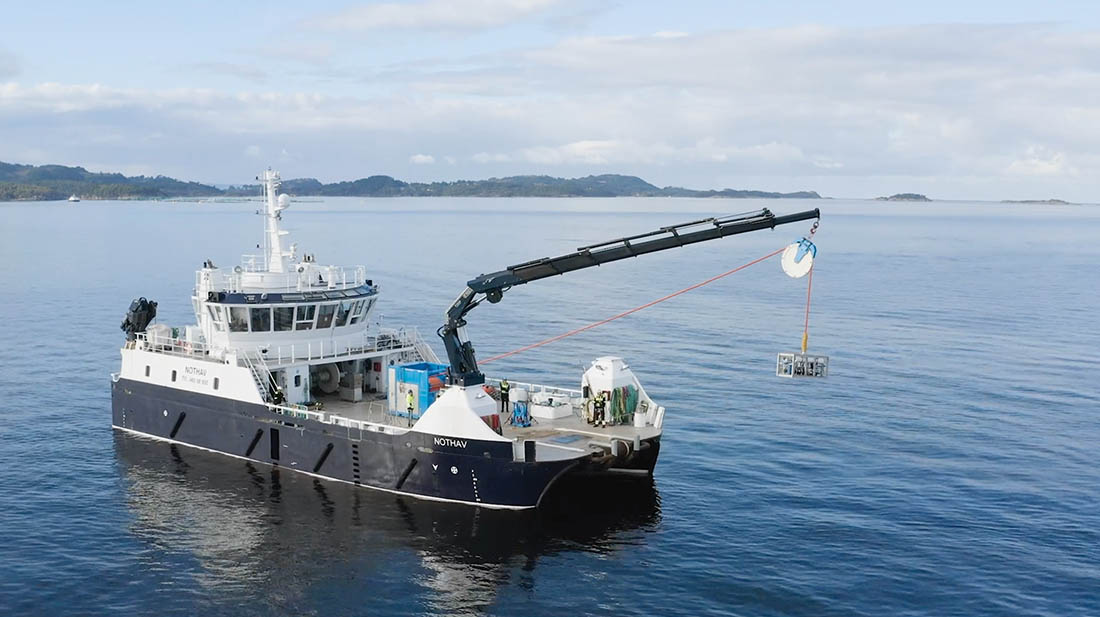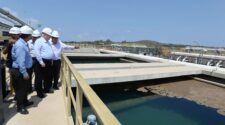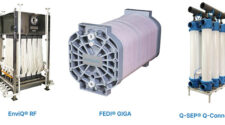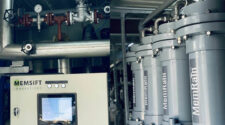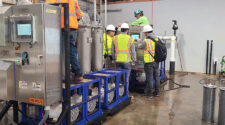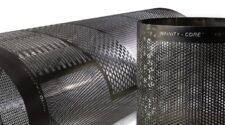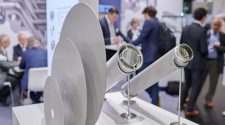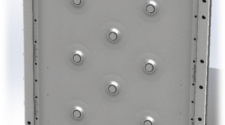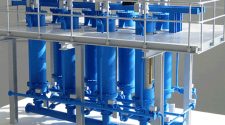Earlier this year, DuPont Water Solutions entered into a collaboration with Waterise to provide seawater reverse-osmosis membranes and expertise to support Waterise’s subsea desalination plant program.
Subsea reverse-osmosis (RO) desalination presents a sustainable and more economical way to turn seawater to freshwater when compared to traditional grounded desalination systems. As subsea desalination leverages the natural hydrostatic pressure found at the depths of the sea to run the reverse osmosis, it reduces the energy requirements of conventional RO desalination by 40%. It also requires 80% less coastal land than land-based plants, presenting a viable option for communities with limited space. From an environmental perspective, subsea desalination requires lower amounts of pretreatment chemicals and eliminates the discharge of concentrated brine into coastal waters.
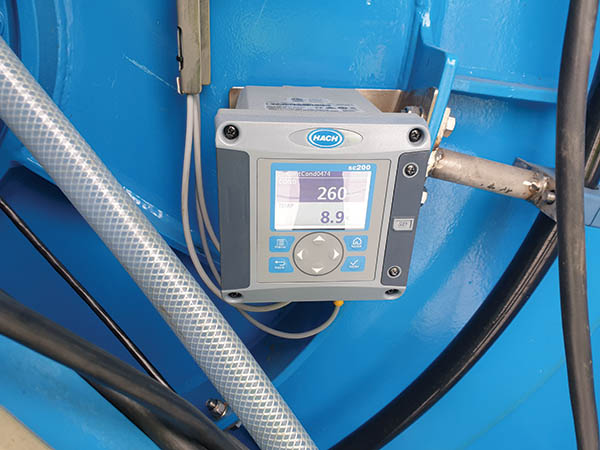
Waterise’s subsea system is described by the company as a completely new approach for desalination, combining existing reverse-osmosis technology with established subsea technology and off-the-shelf equipment from leading Norwegian subsea suppliers. Waterise solutions consist of standardized subsea modules with a capacity of 50,000 m3 per day. Economies of scale can be achieved with the deployment of multiple modules at the same site for larger capacities to meet customers’ needs and requirements over time – and at any time.Waterise’s offering leverages features from the subsea oil industry to improve the safety and efficiency of desalination, including:
- Extremely high reliability – based on simplicity and automation
- Fully automated and unmanned remote plant operations
- Modularity improves capacity utilization
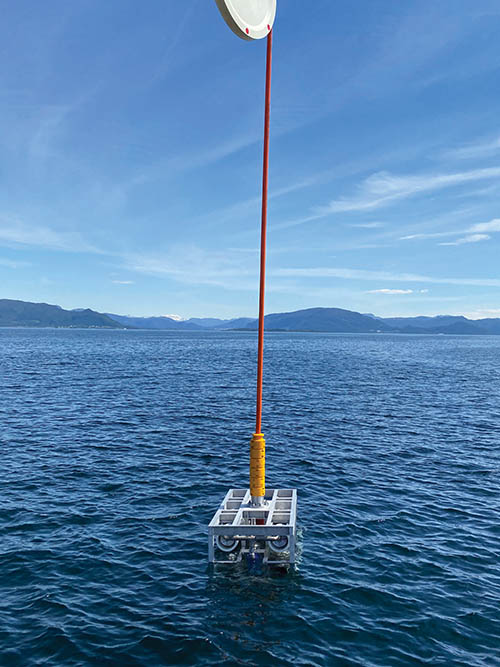
Costs of desalination typically depend on the choice of technology and plant size, as well as location-specific factors, such as the cost of purchasing land, feed-water quality and pre-treatment needs, environmental impacts and regulations, and energy availability.
Advantages of subsea desalination include:
- Waterise utilizes the hydrostatic pressure to run the reverse-osmosis process, thereby reducing energy requirements by 50%.
- Subsea operations dramatically reduce the costal land required compared to a traditional land-based desalination plan.
- Deep sea water has much lower organic content and more stable operational properties throughout seasons than surface water. As a result, feedwater to a subsea plant requires significantly lower pre-treatment than a land-based facility.
- Subsea desalination significantly reduces the environmental footprint and emissions by eliminating the discharge of concentrated brine into coastal waters.
Since Waterise’s patented desalination units reside on the sea floor, Waterise was looking for a partner to provide a durable, longest-lasting reverse osmosis element — ultimately focusing on DuPont’s FilmTec seawater membranes.
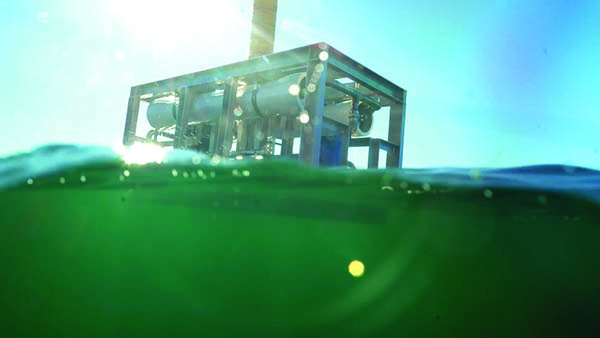
Fabricated in an ISO 9002-certified facility, FilmTec reverse-osmosis membrane elements are produced using the DuPont’s advanced precision manufacturing technology. With high-quality raw materials, these RO membranes offer particularly high strength, durability and consistency.
“As we look to increase access to fresh water and enable a water optimized world, we are energized by opportunities to collaborate on innovative solutions to water purification, conservation and reuse,” said HP Nanda, global vice president and general manager, DuPont Water Solutions. “We are excited about Waterise’s new approach to desalination that not only reduces water scarcity, but also minimizes energy consumption and environmental impact.”
In addition to exclusively using DuPont’s FilmTec seawater membranes for all systems, DuPont and Waterise will share knowledge and expertise, as well as collaborate on research and development toward the mission to advance the subsea desalination operations and performance.
FilmTec is particularly well suited to sub-sea use, as DuPont has continuously innovated to extend the life and durability of the membranes. As the Waterise solution seeks to maximize the time between seawater reverse osmosis membrane replacements and maximize the production of freshwater, durability is a key requirement to reduce the lifecycle costs of operations.
“I am delighted to announce that Waterise is collaborating with DuPont as part of our program to identify and establish collaboration with world leading companies which produce components needed to construct a Waterise desalination unit,” says Niels Petter Wright, CEO for Waterise.
Waterise is currently performing tests using a demonstration rig which can be transported to customer sites to demonstrate the concept and desalinate water at ~400m depth, in their own waters (at their specific salinity and temperature). The company has worked closely with DuPont during testing using its FilmTec seawater membranes and has achieved very high quality permeate water, with conductivity readings of 260 µS/cm (equivalent to 130 ppm TDS).


